A land so special that it could be God’s chosen place to dwell. This is Tuscany as told by Antonio Socci in the book with the provocative title God Dwells in Tuscany. Journey to the Christian Heart of Western Identity (published by Rizzoli), where the Sienese journalist and writer proposes a journey to his land beyond the stereotypes of commercials with cypress trees on undulating hills, or to the facades of monuments that become the background of thousands of selfies. He wants to tell us about a place “where everything is an expression of the Christian faith of the people: not only the masterpieces of the many artists who were born there or who over the centuries have loved it, even the walls of the cities and even the vineyards and cypresses that we admire in its unmistakable countryside.”
Socci, former deputy director of Rai Due, columnist for Libero and director of the School of Journalism in Perugia, does so by sharing a reflection by art historian Tomaso Montanari, since 2021 Rector of the University for Foreigners of Siena: “We have perhaps lost the profound reason why we really take an interest in cultural heritage and art history: the liberating force with which it opens our eyes and our hearts to an ’other’ dimension.” It is precisely for this reason that he proposes to go beyond the image of a “plasticized, fashionable Tuscany,” he writes in the foreword, “a little bit of a Luna Park, a little bit of a monumental cemetery, a kind of picturesque Pompeii,” and go to the root of the history of the region that defines Italy’s Italy, which has had an unparalleled concentration of people who have made History: “For what mysterious design,” Socci wonders, “did the Creator bestow such an extraordinary cascade of graces on that handkerchief of land, in that historical epoch,” that is, between the mid-13th and mid-16th centuries? “Or how does one explain - in another, more secular way - such a concentration of genius?” Architects, painters and sculptors, writers, poets and intellectuals, but also merchants, bankers, artisans and peasants, musicians, scientists, mystics and “charisms that expressed this cry to the Savior.”
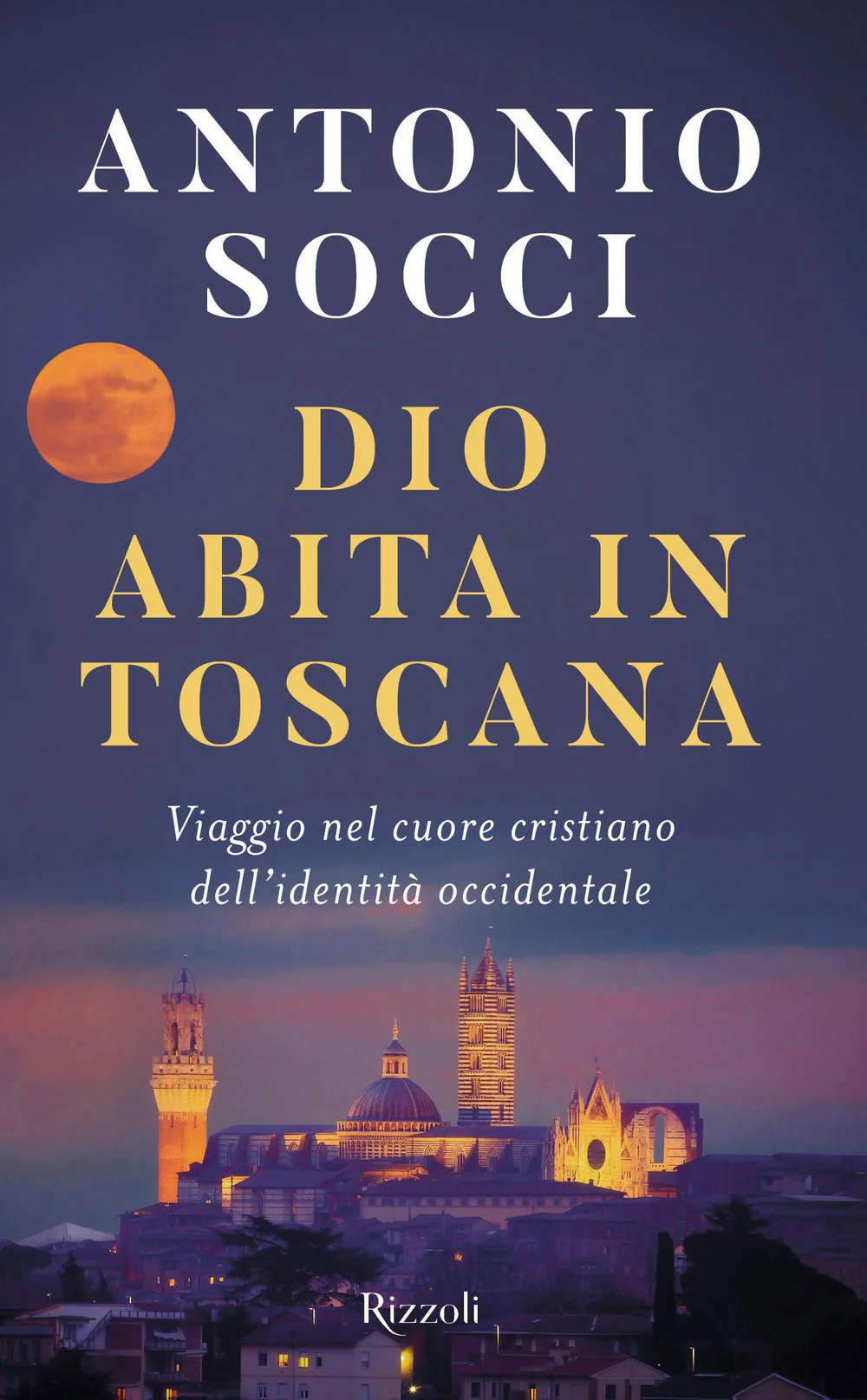
In a land where today we often see tourists passing among the works of art giving the feeling of a lack of awareness of what they are looking at, the author takes us on a discovery of the Tuscans (“cursed” and “quarrelsome”), the cities, the villages, the art as a reverberation of the Catholic faith that has milestones of its tradition here: “Everything here speaks of beauty, of genius, of charity.” And again, “Everything, in this Tuscan land, is a hymn to Christ, everything speaks of Him, the history, the masterpieces, the walls of the cities (even the vineyards and the wheat fields, in their cosmic liturgy).” Where tradition is devotion where daily living was not a thing apart from religion. In the seal of the Republic of Siena is written Salvet Virgo Senam quam Natus signat amenam: Preserve the Virgin the ancient Siena, which She herself makes beautiful. And on the portal of the Palazzo Vecchio: Rex Regum et Dominus Dominantium, Jesus Christ, King of Kings and Lord of Lords. Could all these men of power, thinkers, artists therefore, we naturally wonder, have been ’wrong’ and done all they did by believing in something that does not exist?
But back to the book. A journey through the beauty of Tuscany, the region with the most Unesco sites, so sought after by today’s tourism, it is meant to be a conscious reading in years when the debate on the development of art cities revolves around the concept of excessive tourism,overtorurism. And so he makes us understand that it is the praise of the Madonna that is the basis of the Palio of Siena, making it understood beyond folklore: not a horse race (as the Washington Post wrote these days when talking about the best equestrian sport in the world) with people dressed in colorful clothes, but a manifestation of devotion of the whole city to its Queen. “It is well significant,” he writes, “that [Our Lady] is depicted as enthroned queen -- by her two greatest artists -- in the two key places in the city: in the center of the cathedral (the high altar) and in the center of the government building (the Hall of the World Map).” The Palio is the banner that the contrade compete for with the Virgin depicted on it, which once won is carried to the cathedral while intoning the Te Deum of thanksgiving. A religious event celebrated every year, then, not a historical reenactment, linked to two faith events described in the book.
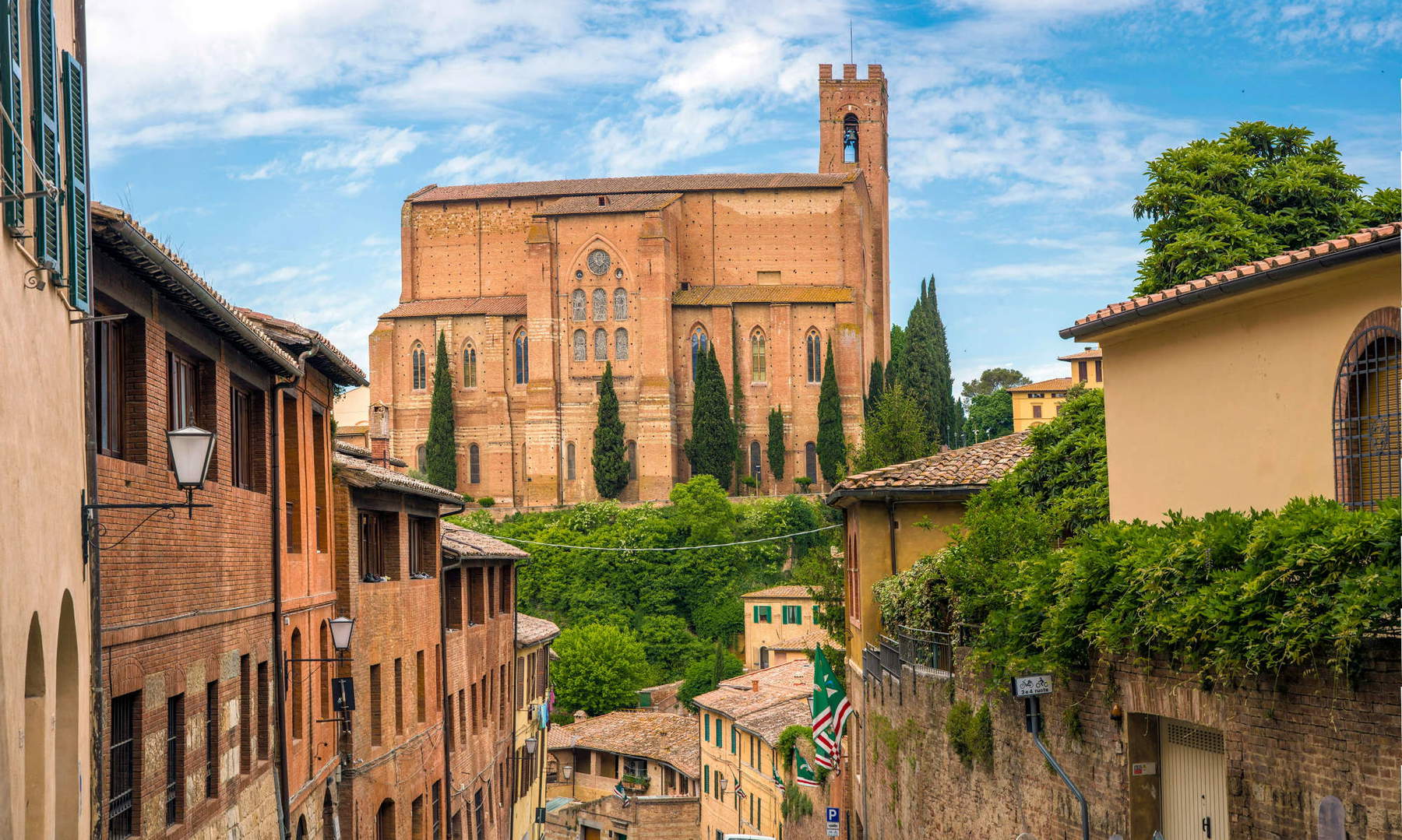
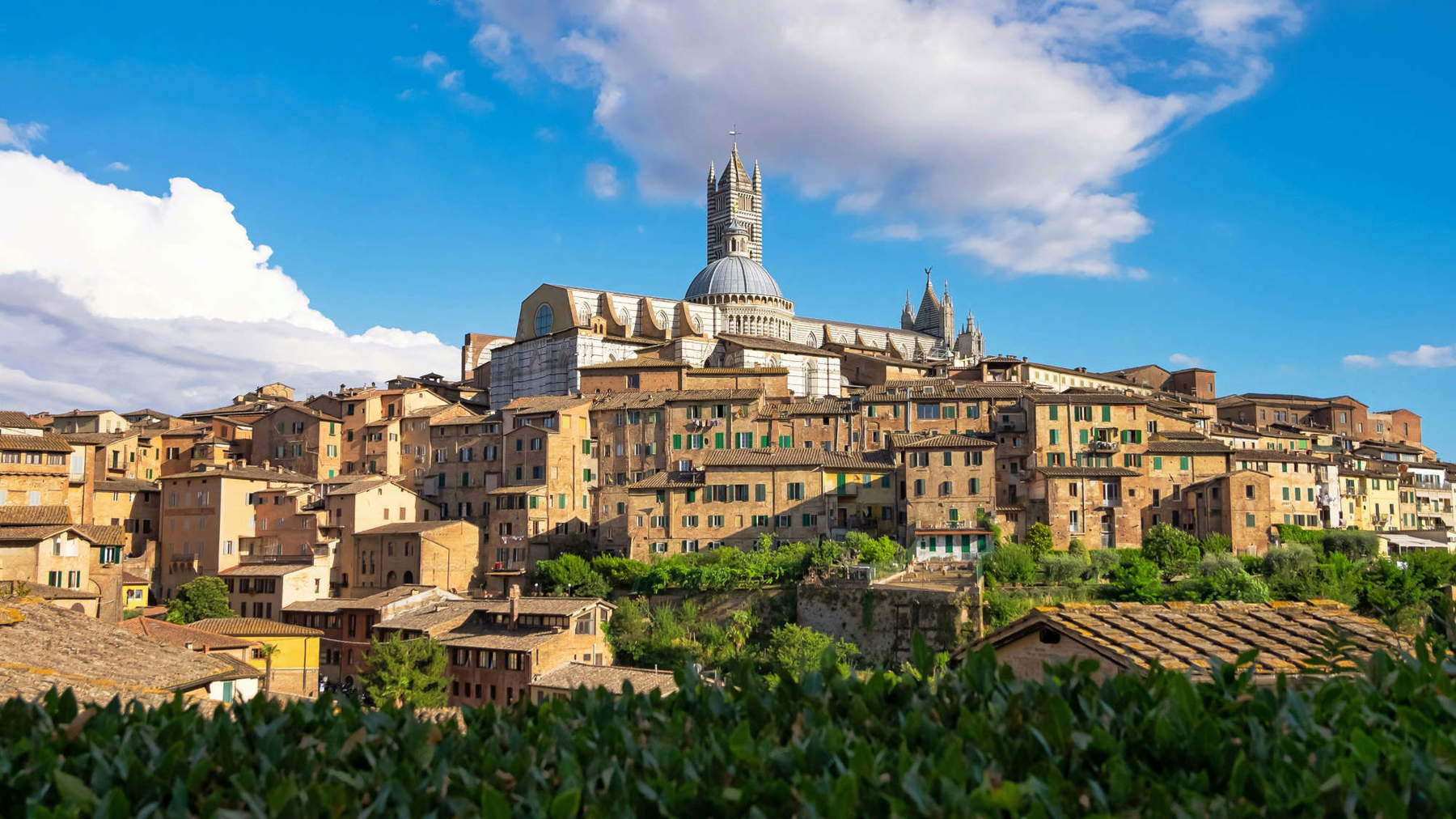
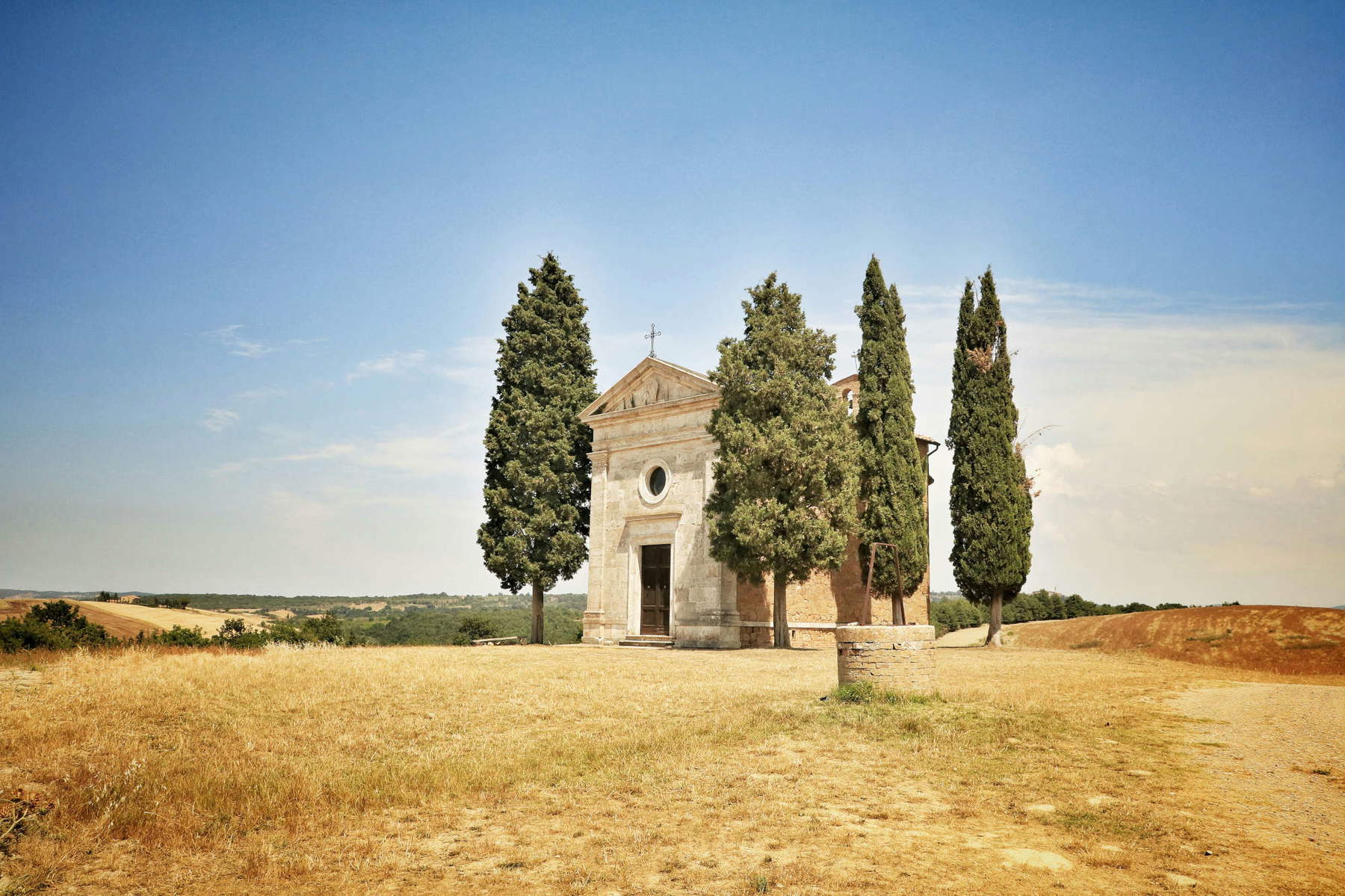
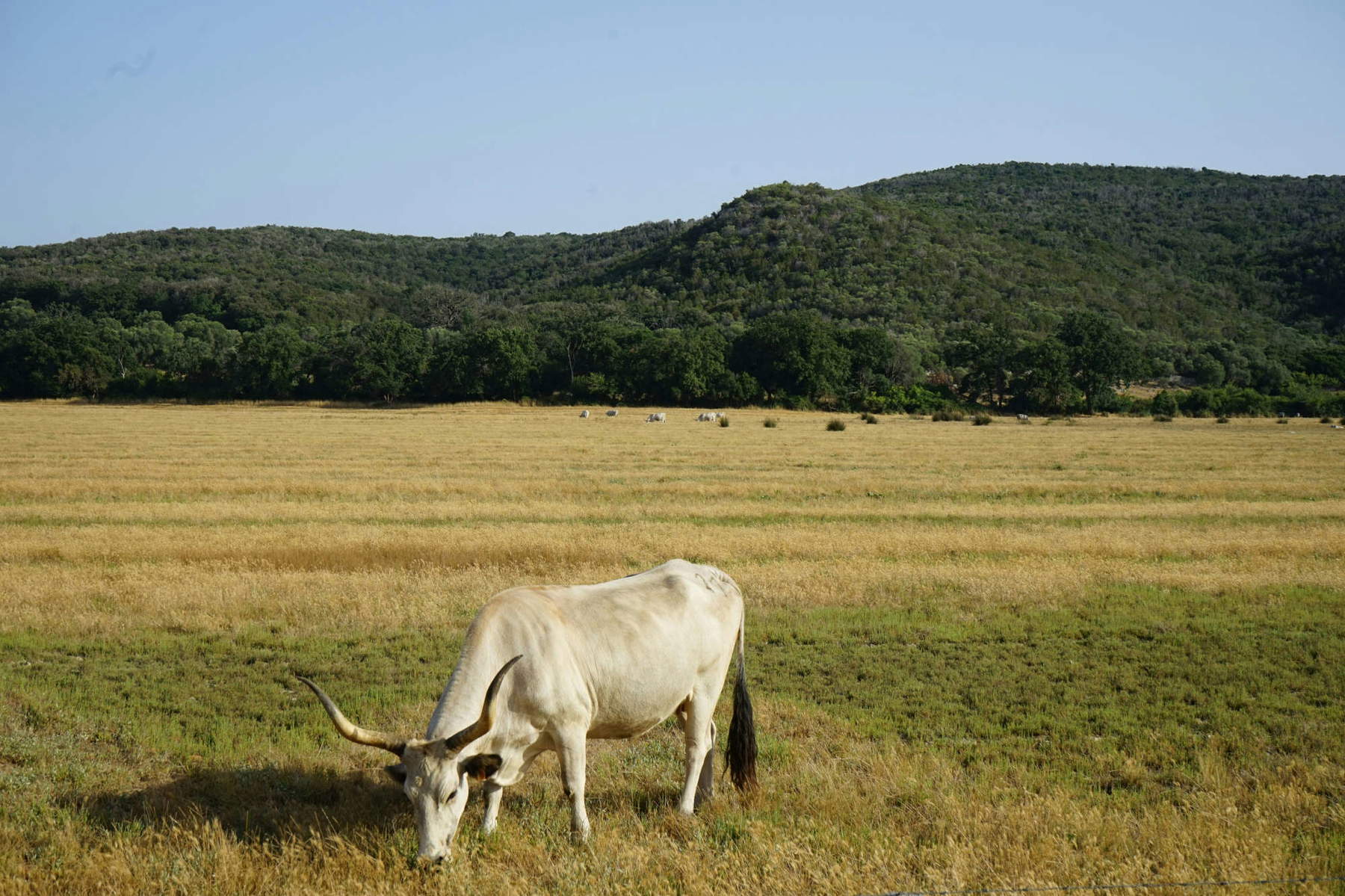
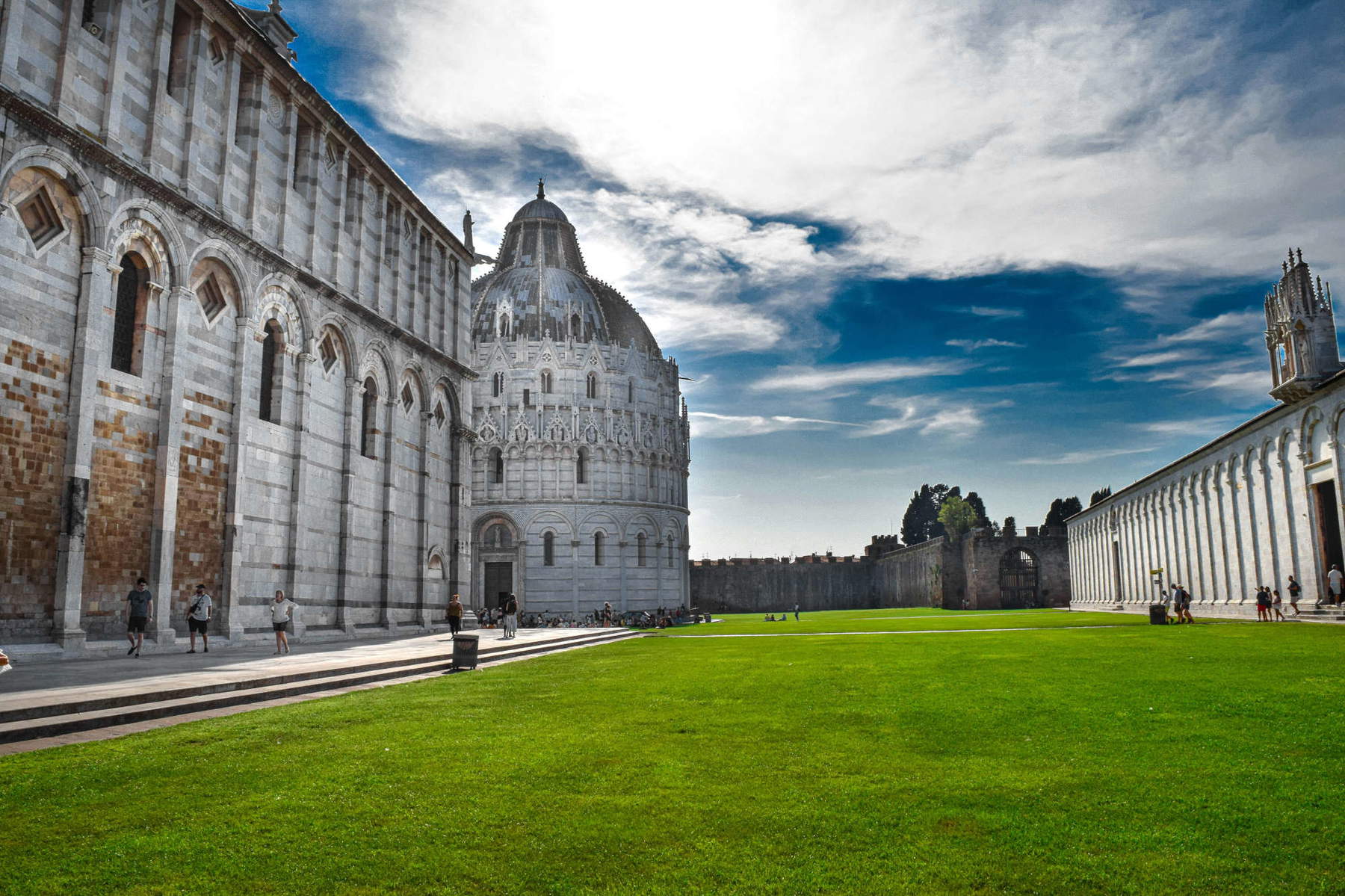
Socci really proposes this journey to us with three hypothetical itineraries that lead from Rome (“a city that has lived in spiritual symbiosis with Florence”) to Florence: the way of the sea, the way of the hills and the way of the mountains. “Each is a physical and metaphysical journey between the delights of earth and those of heaven.” And along the route of each tells and documents for us the history of men and art developed over the centuries. He will lead the reader along the roads of Sorano, Pitigliano and Sovana, the Maremma and Grosseto, the Argentario, Massa Marittima and the metalliferous hills, San Galgano with his sword in the rock, Castagneto, Volterra, Pisa, the Apuan Alps, Viareggio and Lucca, Certaldo and Vinci, Pistoia, Prato, Arezzo, San Sepolcro, Cortona and the holy places of La Verna and Vallombrosa, Siena, the Val d’Orcia, Montalcino, Pienza .. and Florence. Where “Athens, Jerusalem and Rome, classical tradition, biblical revelation and Catholic history (including then Jewish and Islamic culture) were embraced and exalted, illuminated by the holiness of St. Francis of Assisi and Catherine of Siena.”
This is adense and richly detailed book, a documented work of research with unpublished facts (such as a confidence of Lenin) and testimonies contextualized in ancient and new scenarios together. Attention is given to reconstructing the history of Pisa ’s glorious maritime republic, which now no longer faces the sea as it did a thousand years ago, explaining the motivations behind the construction of the cathedral, bell tower, baptistery and holy field in (what is now called) Piazza dei Miracoli. He explains what that monumental complex actually represents, beyond the slope of the Tower that distracts attention from the real significance of that mammoth square. “The space created in Pisa has nothing to do with the term ’piazza,’ it is one of the most astonishing culminations of Western art, enriched by the contrast with Arabic science and astronomy,” Enrico Guidoni defines it, quoted in the book. A reconstruction that made the writer understand, you will pardon the personal reference, why it is Pisa, and not other cities home to important monuments of Christendom, that has been heralded several times as the target of attacks by Isis.
We arrive at the end of the volume with the feeling that this description of Tuscany, rather than an on-the-road novel, is a pilgrimage. Between historical facts, origins and explanations, quotations and valuable connections between art and literature. “Entering Tuscany,” writes Antonio Socci, "is like remembering a promise that (one is not sure who, when and where) someone made to us. And so it is the case to go there.
Warning: the translation into English of the original Italian article was created using automatic tools. We undertake to review all articles, but we do not guarantee the total absence of inaccuracies in the translation due to the program. You can find the original by clicking on the ITA button. If you find any mistake,please contact us.